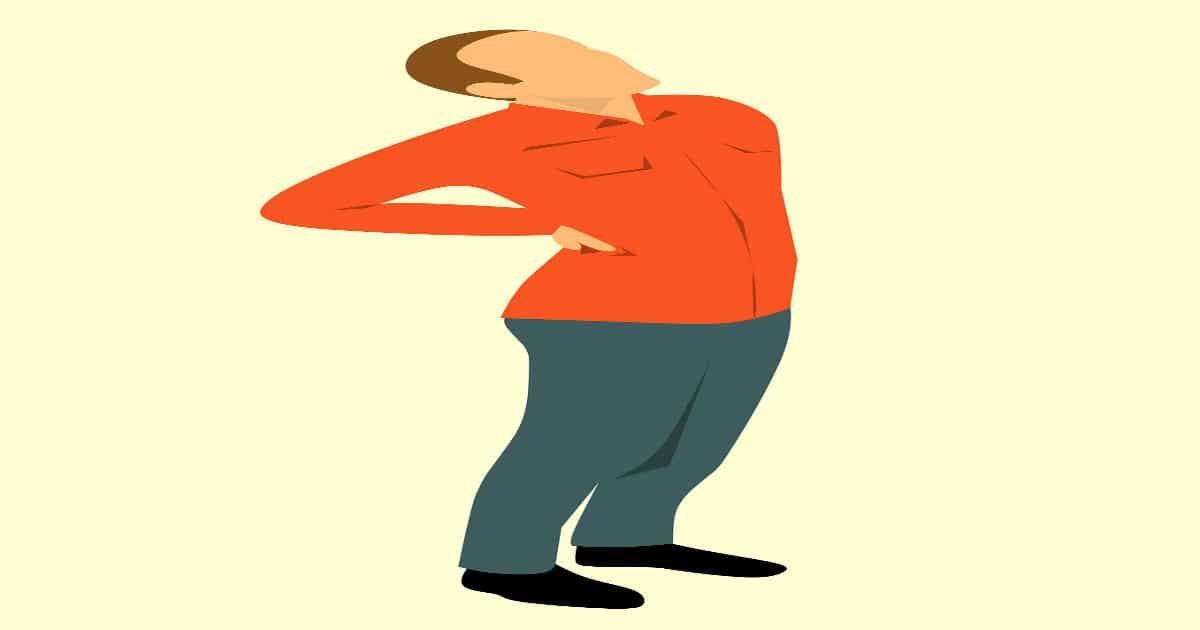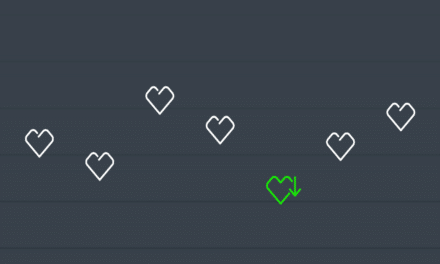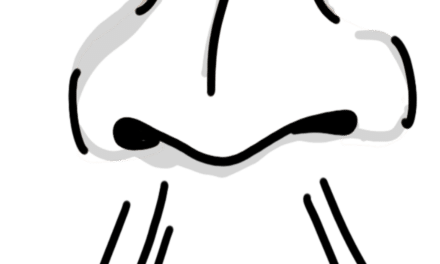Lower back pain is a problem I have had ever since I was younger. Over the years, I have done many things to relieve back pain, but it is still there. ATHLEAN-X created a video called “Fix Low Back Pain | 5 Red Flags (WARNING!),” which speaks about five common causes for pain in the lower back. By understanding why you may have pain is crucial to reducing it in the first place. With muscular dystrophy it allows for a build-up of tightness, weakness in muscles that require compensation of other ones, a lack of good posture, and flat feet. It is important to counter the impacts of the condition, which is exactly the approach I take when it comes to caring for my back.
The first step he addresses is that low back pain comes from tight hip flexor muscles. The hip flexors attach to the three main muscles that support your back. When you have tight hip flexors, it pulls on those muscles and results in pain/tightness in the back area. I have had tightness in my hip for as long as I can remember and understand that this led to my back discomfort. I do not understand why chiropractors (I had when I was younger) never identified this. The video uses a modified version of the Thomas Test, which requires a bench and your body. In short, you rest on the bench and have one straight leg angling towards the ground and the other clenched towards your chest. If you cannot do this, it is proof of this phenomenon. However, you will most likely have tightness here due to having muscular dystrophy. There are various stretches, exercises, and rolling methods that can address this problem (in future blogs, I will provide my methods, but you can always research them).
The next red flag is weak glutes. Your back will compensate for weak glutes leading to fatigue, pain, and discomfort. If you have a flat butt or a problem tightening your glutes for a long time, you most likely have this issue. Again, as people with muscular dystrophy, there is a higher chance of having a lack of muscular development in this region. He speaks about methods to increase glute strength; however, most of them would not be effective for muscular dystrophy patients. Some exercises great for glute strengthening include tightening your glutes in any plank position, hip rubber band exercises, glute-hyper holds (demonstrated in the video), biking, bridge isometric holds, side plank leg lift, hamstring lifts (I use a hydraulic machine), rowing machine, ski machine, clamshells, etc. Future blogs in the exercise section will explain exercises good for glutes, hips, legs, and hip flexors (but these are some great exercises that you can utilize).
The following reasons can be viewable: the inability to stand straight for more than 20 minutes without pain, constant shifting, and no anterior pelvic tilt. People need strong paraspinal muscles and core strength to ensure people can hold a good posture for their backs. Anterior Pelvic tilt is when your pelvis is angled forwards, which moves the back forward and forces the back to pull your body towards a straighter position. Tightness/weakness in the hip area, core, glutes, and legs intensifies this problem as it makes it even harder for your muscles to counter anterior pelvic tilt. ATHLEAN-X made a video called “How to Fix Anterior Pelvic Tilt (SIT HAPPENS!),” explaining what anterior pelvic tilt is and how to correct it. On top of tightness/bad posture/weakness, people have bad exercise programs that exacerbate the problem (make sure to research good sources of information and ask doctors to ensure that exercises are not harming you). In short, reduce tightness in your hip flexors and back, strengthen your glutes, and maintain a good posture to help your body.
Another red flag is having flat feet or problems with your feet. If you have problems with your feet, your body compensates, accounting for more tightness in one side of the body then the other. This leads to many issues as your body tightness itself to combat issues with your body posture. Orthotics are perfect to combatting this issue as it promotes good positioning of your feet and can revolutionize your life. Finally, poor posture accounts for tightness in the lower back area. Posture takes muscles to hold you up, displaying how strengthening glutes and reducing tightness in your lower body can help fix your posture. Rounded shoulders coming from tight or weak shoulder muscles can also make it harder to maintain good posture (planks are good for correcting this). A video called “How to Fix Rounded Shoulders (GONE IN 4 STEPS!),” provides an explanation of rounder shoulders, habits to fix it, stretches to reduce tightness, and exercises to fix this issue.
Lower back pain affects people because many do not know how to treat the common issue. By following many of these methods/stretches/exercises/habit fixes, my lower back pain has reduced dramatically, enabling me to enjoy every moment of my life. Each day, I spent time stretching/strengthening/rolling out my back to combat sitting in chairs for most of the day (school and workplaces need to change things up or back pain will remain a prominent issue for a majority of the population).





